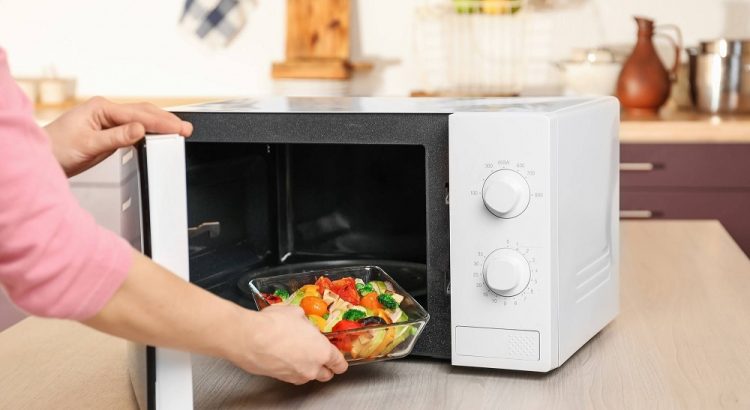We’ve all seen chefs whip up culinary masterpieces in mere minutes, juggling a dozen tasks simultaneously like some kitchen magicians. But have you ever seen them zap a Styrofoam container in the microwave? No, and there are good reasons for that. Today, we’re going to dive into the ultimate kitchen taboo, answering the oft-asked question: can you microwave Styrofoam?
Introduction: The Styrofoam Dilemma
Styrofoam, or expanded polystyrene foam, is popular for food storage and takeout containers. It’s lightweight, insulating, and cheap. However, when it comes to using Styrofoam with a microwave, even many home cooks avoid it. But why do professional chefs steer clear of this practice?
Health Concerns
Chefs prioritize not just taste but also the safety and healthfulness of their dishes. Styrofoam containers are made of complex molecules that, when heated, can break down and leach into the food. One particular concern is styrene, a potential human carcinogen.
What to Do Instead:
- Opt for glass containers.
- Use microwave-safe plastic when necessary.
Impact on Food Quality
A top-tier chef knows that quality is in the details. Microwaving Styrofoam can lead to uneven heating, causing hotspots in your food. Plus, if the Styrofoam melts or warps, you’re not just compromising safety—you’re compromising the dish’s taste and presentation.
What to Do Instead:
- Always use microwave-safe dishes that distribute heat evenly.
- Consider reheating food on the stovetop or in the oven for better control.
Environmental Concerns
Many chefs today are environmental stewards, aiming for sustainability in their kitchens. Styrofoam is not biodegradable and contributes to pollution, giving ecologically-minded chefs another reason to avoid it.
What to Do Instead:
- Reuse or recycle containers when possible.
- Opt for biodegradable or compostable takeout containers.
Professional Tips for Safe Microwaving
- Check for Labels: If you’re still unsure, look for the FDA-approved ‘Microwave Safe’ label.
- Know Your Container: Some plastics and ceramics are also unsafe for microwaving. Make sure you’re familiar with your materials.
- Heat in Intervals: Rather than zapping your food for five minutes straight, heat in smaller intervals and stir between each session.
Conclusion
In the world of culinary arts, there’s little room for error, and that includes the containers used for heating food. While Styrofoam is practical for certain applications, microwaving is not one of them. Whether it’s the potential health risks, the impact on food quality, or environmental concerns, professional chefs have plenty of reasons to avoid microwaving Styrofoam.
So, the next time you find yourself with some leftovers in a Styrofoam box, take a cue from the pros. Make the extra effort to transfer your food to a safer container—it’s a small step that makes a big difference.





